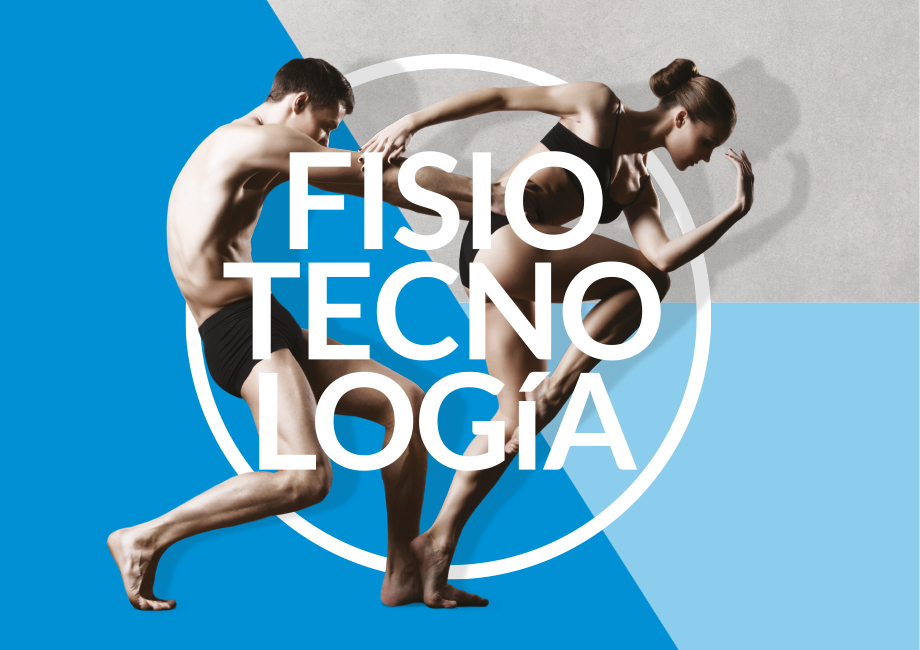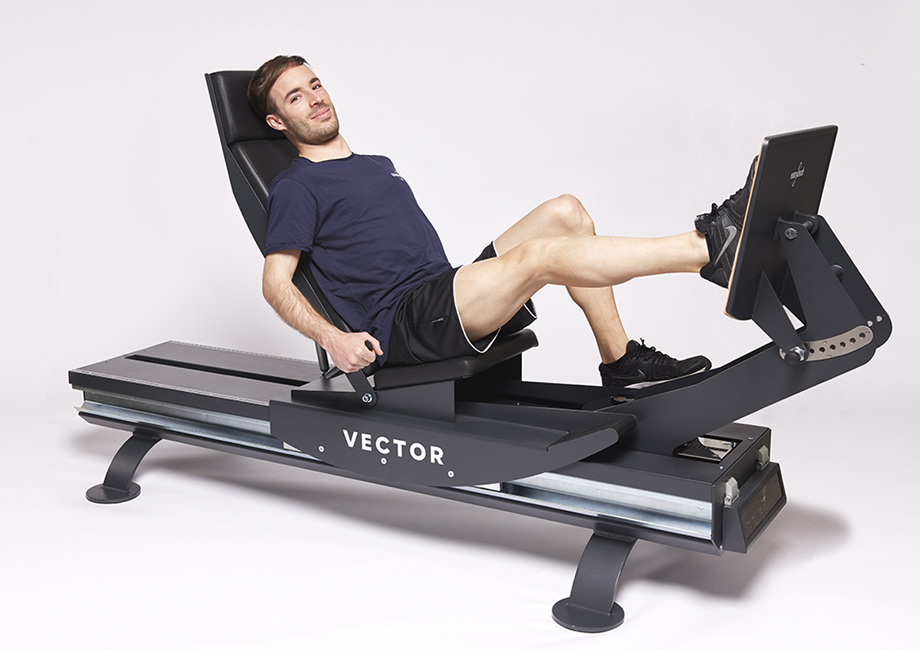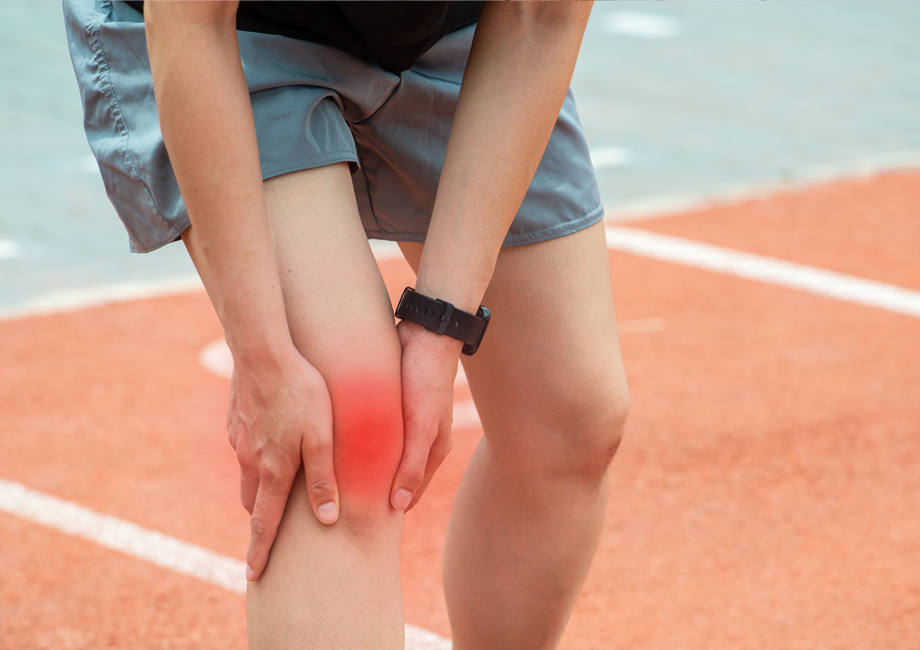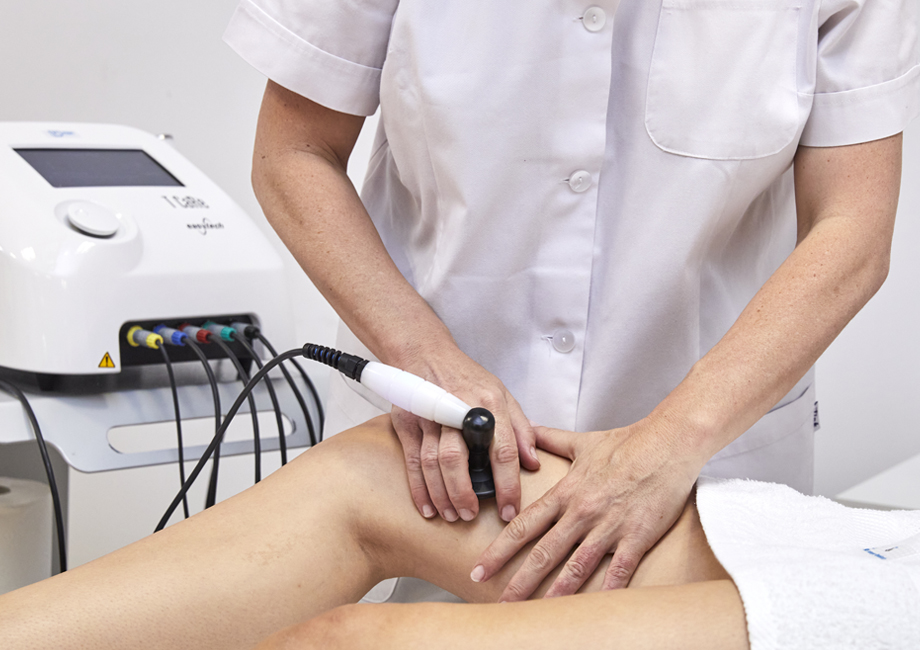
What is meant by hyperthermia or physio hyperthermia in physiotherapy?
In the field of physical rehabilitation we define hyperthermia, or physio hyperthermia, a thermal therapy that manages to treat the tissues of a well-defined body region by applying a well-determined amount of heat.
The narrow temperature range in which heat optimizes its therapeutic efficacy is approximately from 41 ° C to 44.5 ° C. While beyond this limit thermal damages occur, the rise in temperature within this range brings an optimal increase in blood flow (local hyperemia) for a very wide range of diseases of the musculoskeletal system.
The greater blood flow stimulates the body’s natural ability to repair and heal by itself with significant therapeutic effects:
- accelerates metabolic processes;
- accelerates the removal of toxins;
- facilitates the self-repair of the tissues;
- significantly reduces pain.
Since 41° – 44,5° C are very high temperatures, in physical rehabilitation hyperthermia is a local thermal therapy, highly targeted and therefore static. In other words, a hyperthermia session does not involve the dynamic application of energy through a massage, as occurs for example in a tecar therapy session.
The term physio hyperthermia is useful to distinguish Easytech thermal therapies, specifically developed for use in physiotherapy, from the devices used in oncology.
To conclude: in physiotherapy, the terms hyperthermia or physio hyperthermia refer to a local thermal therapy that in a controlled and non-invasive manner exploits the beneficial effects of hyperemia, which occur in the temperature range strictly between 41 ° and 44.5 °C.

What are the areas of application of hyperthermia?
With hyperthermia it is possible to treat a wide range of pathologies of the musculoskeletal system, from sports traumatology to the most common conditions due to aging.
In particular, hyperthermia has proved to be an effective tool in the treatment of:
- muscle injuries
- tendon injuries
- osteo-articular injuries
- bunions
- hematomas
- overload damage
- post-traumatic pains
Furthermore, while there are some other methods and tools that are specific to a single phase of the rehabilitation process, hyperthermia is useful both in the earliest stages after a sports injury and in the treatment of chronic conditions, such as carpal tunnel syndrome.
Due to its gentle and non-invasive treatment characteristics, hyperthermia finds application especially in the early stages of the rehabilitation process. In the initial phase of controlling the inflammatory reaction, hyperthermia assists the work of the physiotherapist in reducing pain. In this phase, hyperthermia is useful because it allows the patient to reduce the use of corticosteroids or anti-inflammatories to control pain, in favor of a better tolerated physical therapy.
Subsequently, when it comes to restoring the range of motion, hyperthermia helps the physiotherapist to work on the elasticity and extensibility of collagen tissues.
Our consultants are at your disposal for providing you with any commercial or specific information you may need, and the best solution to integrate hyperthermia within your therapeutic offer.











